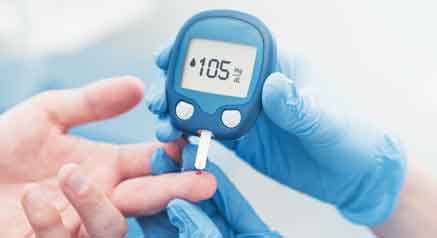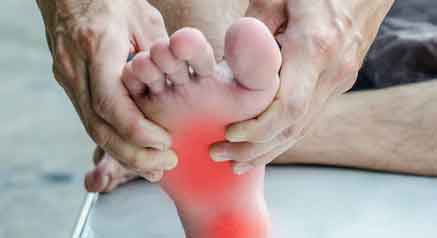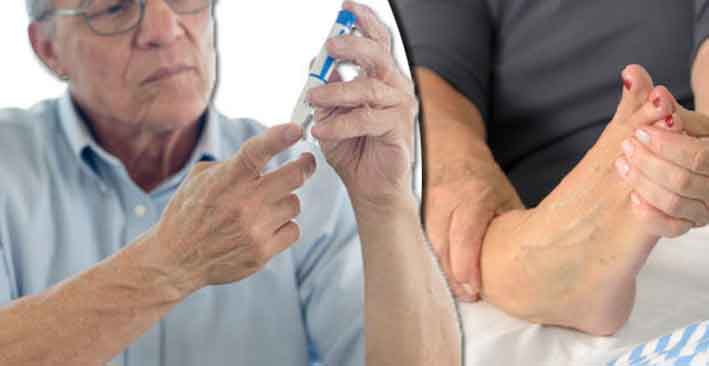Footcare is Important for Diabetes
When most people think of diabetes they don’t immediately think of the slew of related foot problems that occur. Diabetes can affect many areas, and some including blood pressure and heart problems seem to capture more of people’s attention. Even those suffering from diabetes may fail give the proper attention or time to the foot problems that are associated with the disease. But the facts are that 1 in 5 people with diabetes who go to the hospital do so for a foot problem of some kind. Overlooking these problems can lead to very serious issues and you don’t want to wait until it’s too late.

Foot problems from diabetes can be caused by one of two main ways. The first of which is diabetic neuropathy, which is essentially a dulling of the sensory nerves that help signal various sensations to you. These sensations include temperature and pain and without that you can have problem noticing injuries such as cuts or swelling on your feet. Not noticing these injuries can lead to a worsening of them including infections and other problems such as foot ulcers.
Additionally, peripheral vascular disease can also lead to serious foot problems for those with diabetes. This is essentially a problem of poor blood circulation, particularly in the extremities. Poor blood flow can cause many problems, chief among them is gangrene. Gangrene is the death of an area of tissue on your body due to a lack of blood flow and circulation to keep it alive. Your tissue literally begins to rot while still on your body and it can lead to necessary amputation, additional resources.
Less severe foot problems associated with diabetes include a wide range of normal issues such as blisters, bunions, ingrown toenails and calluses. These are all caused by increased pressure on specific areas of your foot, and they can be made worse by not knowing about them. Infections such as fungal nail problems and athlete’s foot can also occur.
To help prevent foot problems for those with diabetes it is essential to carefully examine your feet each day for any problems such as swelling, bruising, cuts, blisters or anything else. It’s also important to carefully wash and dry your feet each day, being sure to pat your feet dry gently rather than rub them harshly. Lotion should also be used to you’re your skin soft and moist to help prevent cracking and cutting.
You must wear comfortable shoes that aren’t too tight or restrictive, particularly during exercise or periods of lots of movement. You also need comfortable, unrestrictive and soft socks to maximize your protection as well.

Few people realize how serious foot problems can be for those with diabetes. But when the possible end result is amputation, it’s a problem that cannot be taken lightly. Additionally, when 1 in 5 people hospitalized with diabetes are there to take care of serious foot problems, it further solidifies who serious this area can be. Protect your feet and take good care of them to prevent unnecessary and unfortunate consequences.
